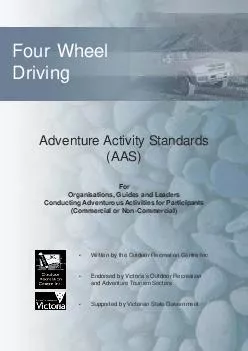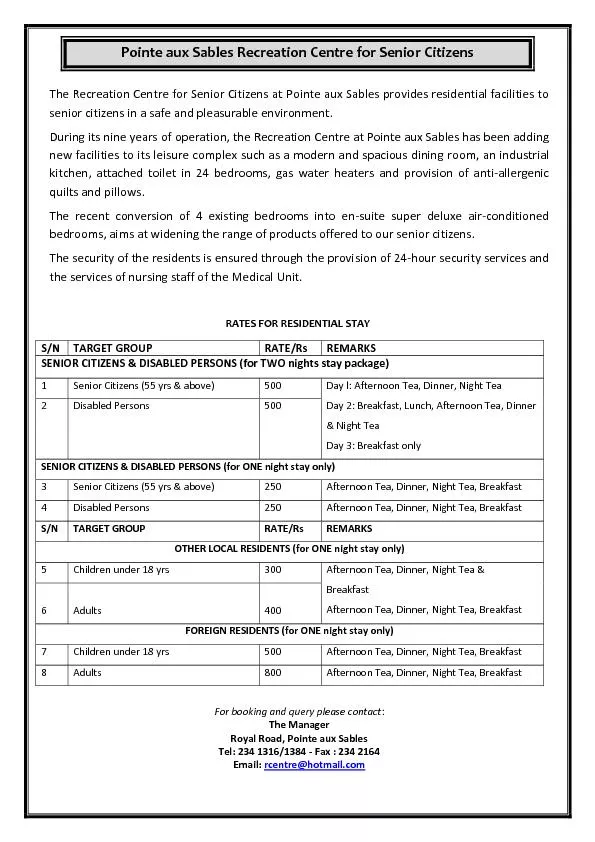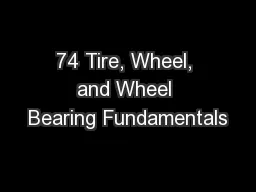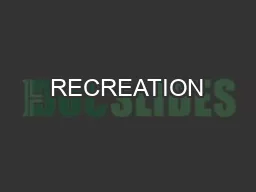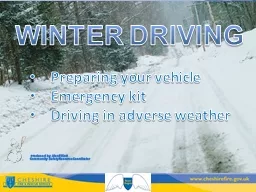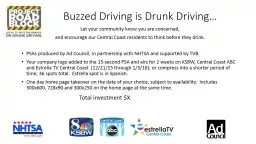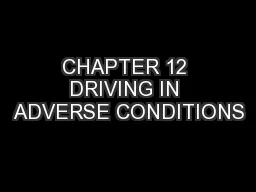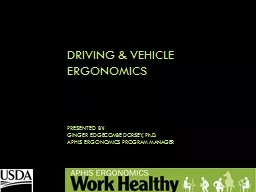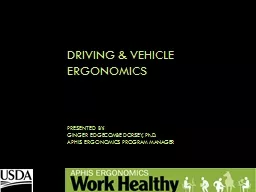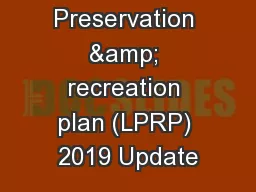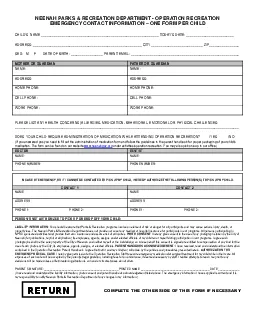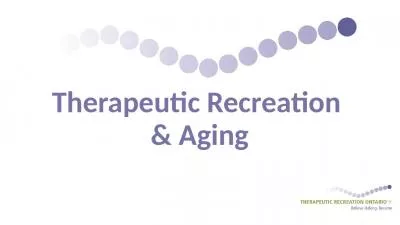PDF-Four Wheel Driving Written by the Outdoor Recreation Centre Inc
Author : faustina-dinatale | Published Date : 2014-12-15
Endorsed by Victorias Outdoor Recreation and Adventure Tourism Sectors Supported by Victorian State Government Adventure Activity Standards AAS For Organisations
Presentation Embed Code
Download Presentation
Download Presentation The PPT/PDF document "Four Wheel Driving Written by the Outdoo..." is the property of its rightful owner. Permission is granted to download and print the materials on this website for personal, non-commercial use only, and to display it on your personal computer provided you do not modify the materials and that you retain all copyright notices contained in the materials. By downloading content from our website, you accept the terms of this agreement.
Four Wheel Driving Written by the Outdoor Recreation Centre Inc: Transcript
Download Rules Of Document
"Four Wheel Driving Written by the Outdoor Recreation Centre Inc"The content belongs to its owner. You may download and print it for personal use, without modification, and keep all copyright notices. By downloading, you agree to these terms.
Related Documents

